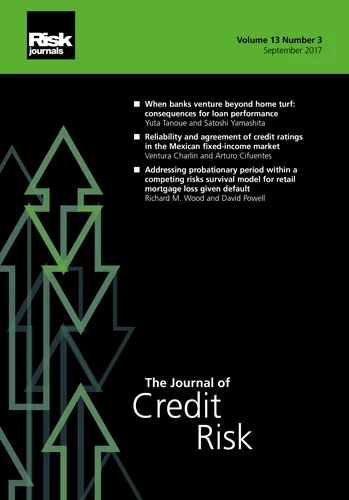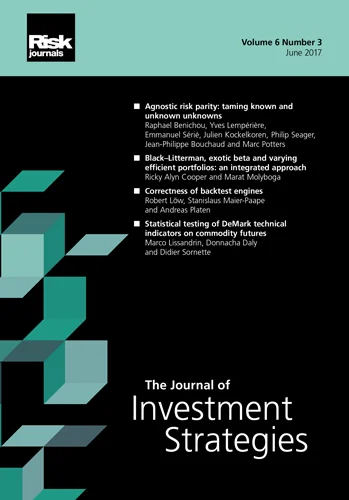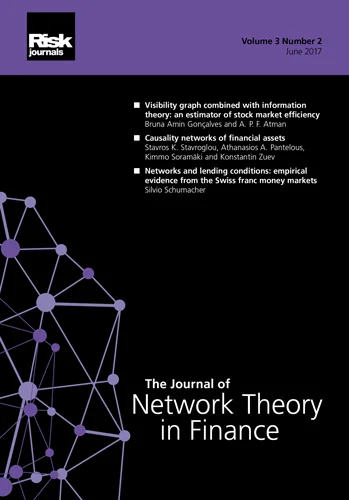Journal of Financial Market Infrastructures
ISSN:
2049-5412 (online)
Editor-in-chief: Manmohan Singh

Abstract
Central counterparties (CCPs) use several extreme but plausible scenarios for assessing their credit exposures on account of member defaults under stressed market conditions. These stress testing results help in sizing the resources (also known as default waterfall resources) that could be required for mutualizing losses if low-probability, high-intensity events were to materialize. Stress testing also aids CCPs in assessing the adequacy of their prefunded default waterfall resources on a regular basis. In this paper, we discuss a set of hypothetical yield curve shift scenarios generated by applying extreme value distributions and a shaping procedure. These statistically derived hypothetical stress scenarios could be susceptible to model risk, leading to under- or overestimation of a CCP’s resource requirements. This paper highlights the merits of the model and its associated risks as well as the methods used for minimizing these model risks. The methodology has been developed by the Clearing Corporation of India Limited for stress testing its exposures in the government securities market. While modeling extreme movements of interest rate curves is not a new theme, we have attempted to present a procedure for deriving stress scenarios that can be applied to portfolios containing long and short positions in debt market securities of varying residual maturities.
Copyright Infopro Digital Limited. All rights reserved.
As outlined in our terms and conditions, https://www.infopro-digital.com/terms-and-conditions/subscriptions/ (point 2.4), printing is limited to a single copy.
If you would like to purchase additional rights please email info@risk.net
Copyright Infopro Digital Limited. All rights reserved.
You may share this content using our article tools. As outlined in our terms and conditions, https://www.infopro-digital.com/terms-and-conditions/subscriptions/ (clause 2.4), an Authorised User may only make one copy of the materials for their own personal use. You must also comply with the restrictions in clause 2.5.
If you would like to purchase additional rights please email info@risk.net








